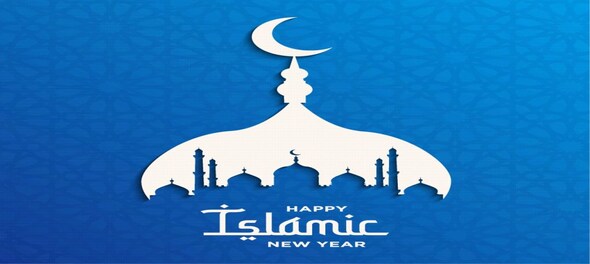
The Islamic New Year, also known as the Hijri New Year, will be observed on the first day of Muharram, the first month of the Islamic calendar. This year the Islamic New Year will be observed on July 18.
The date may vary in the Gregorian calendar as the Islamic calendar is based on the lunar cycle. Unlike the Gregorian calendar, which has 365 days a year, the Islamic calendar consists of 354 or 355 days, which are also divided by 12 months.
History and Significance
The month of Muharram has religious and historical value for both Sunni and Shia Muslims. Muharram is celebrated by Muslims to remind them of the sacrifice of Prophet Muhammad's grandson, Imam Hussain, who died in the Battle of Karbala in 680 CE. On the 10th day of the month, which is known as Ashura, Imam Hussain and his supporters died in the battle of Karbala.
However, the first day of Muharram is significant as it commemorates Prophet Muhammad’s migration from Mecca to Medina.
Muharram is marked as special for Muslims as it marks the beginning of the Islamic New Year and symbolises a time when Muslims must indulge in spiritual journeys and contemplation. The word Muharram means ‘not permitted’ or ‘forbidden and Muslims follow a restricted lifestyle and use this period in prayer and self-reflection.
Rituals of celebration
The celebration of Muharram is different in both Muslim sects, but mourning and remembrance remain the same for both Shias and Sunnis. Shia Muslims engage in mourning processions and large gatherings called 'Majlis'. They also engage in chest-thumping, which is known as 'latmya' or 'latmaya' in Arabic. Sunnis observe this day by holding fast.
Despite the difference in observing the holy month, Muharram is that time of the year when both sects of Muslims honour the sacrifices of Imam Hussain and indulge in self-reflection. It is a time of mourning and self-reflection for a spiritual journey.
(Edited by : Sudarsanan Mani)
First Published: Jul 18, 2023 12:19 PM IST
Check out our in-depth Market Coverage, Business News & get real-time Stock Market Updates on CNBC-TV18. Also, Watch our channels CNBC-TV18, CNBC Awaaz and CNBC Bajar Live on-the-go!


Supreme Court says it may consider interim bail for Arvind Kejriwal due to ongoing Lok Sabha polls
May 3, 2024 4:57 PM
10% discount on fare on Mumbai Metro lines 2 and 7A on May 20
May 3, 2024 2:40 PM

